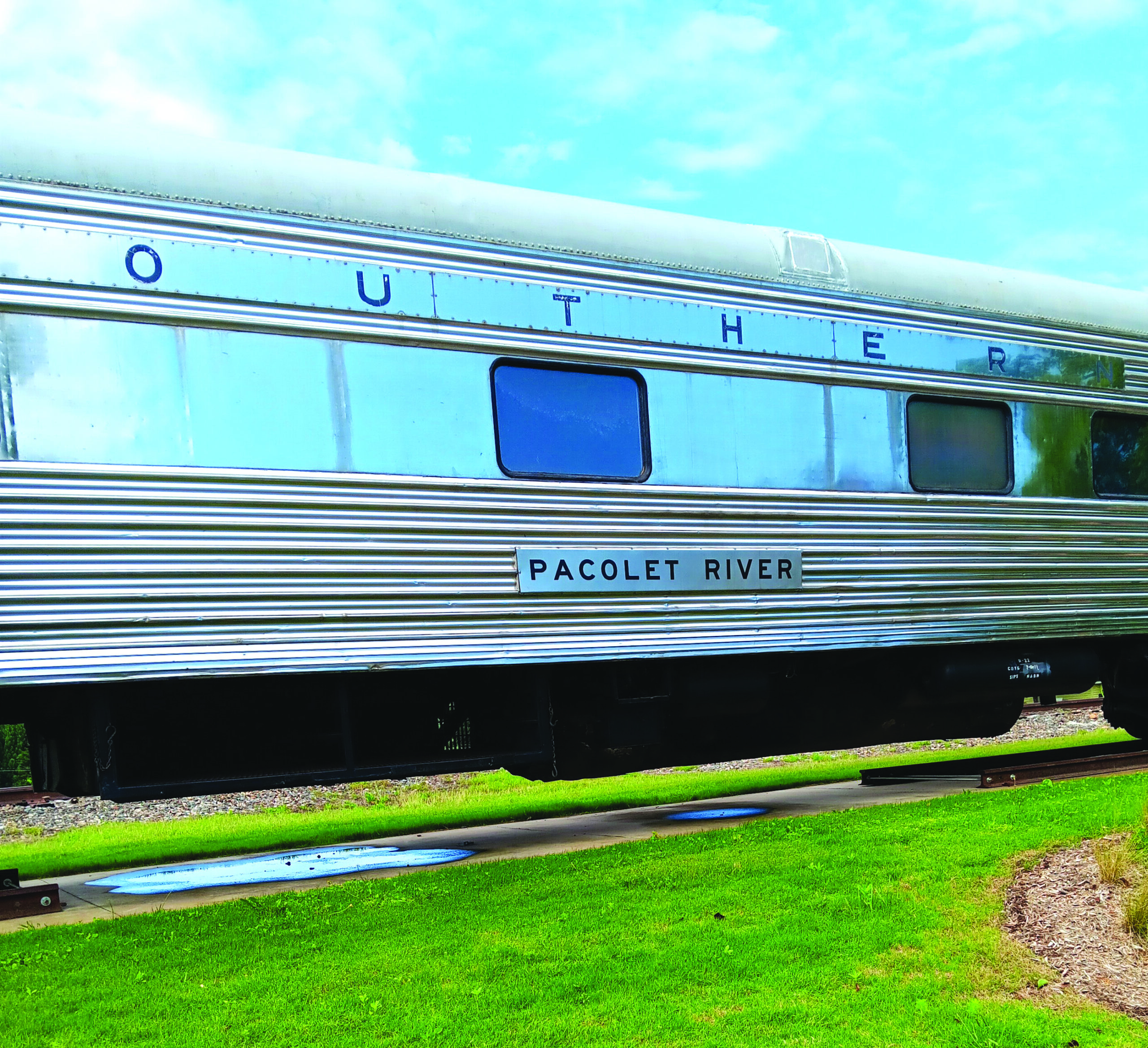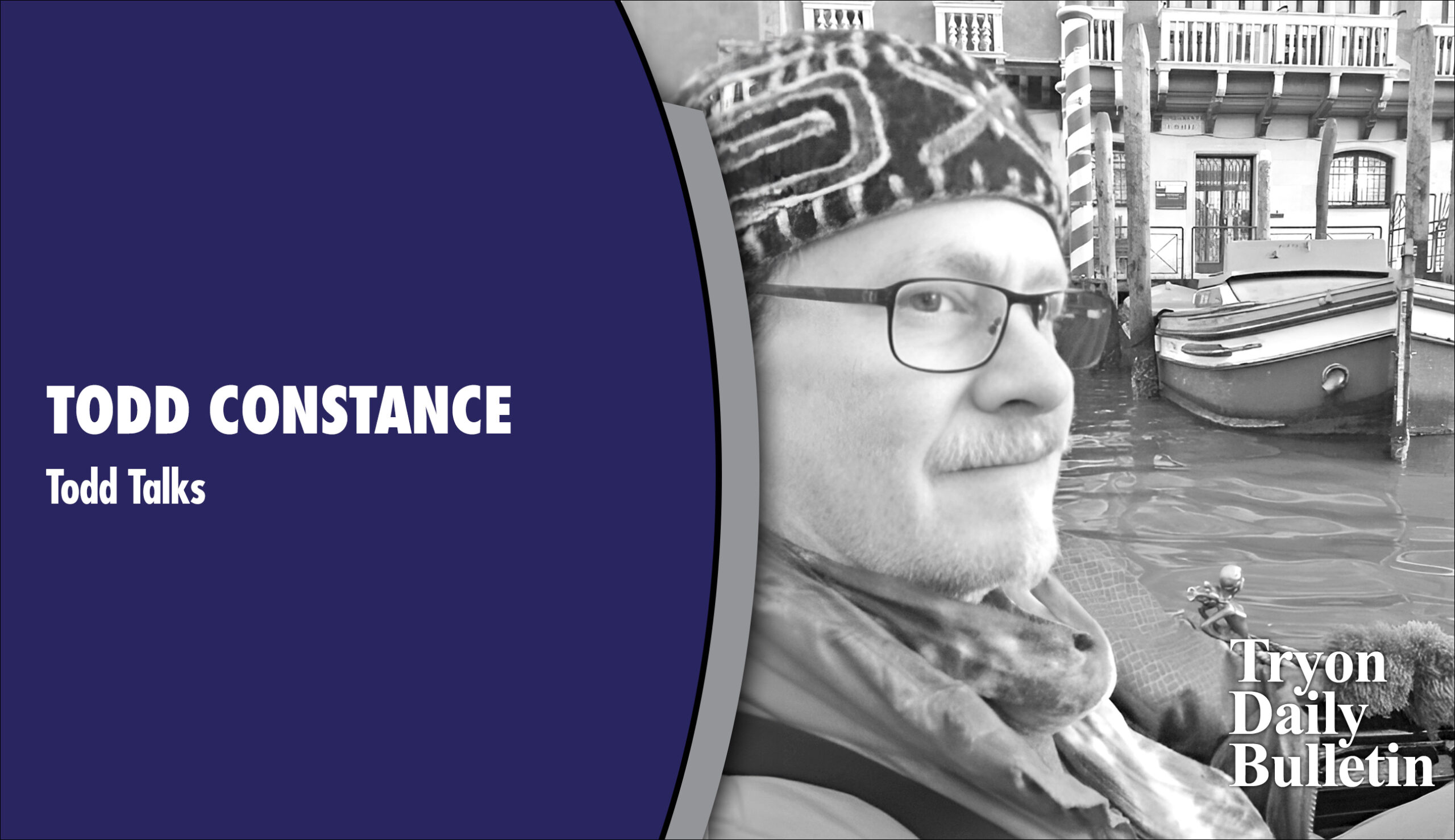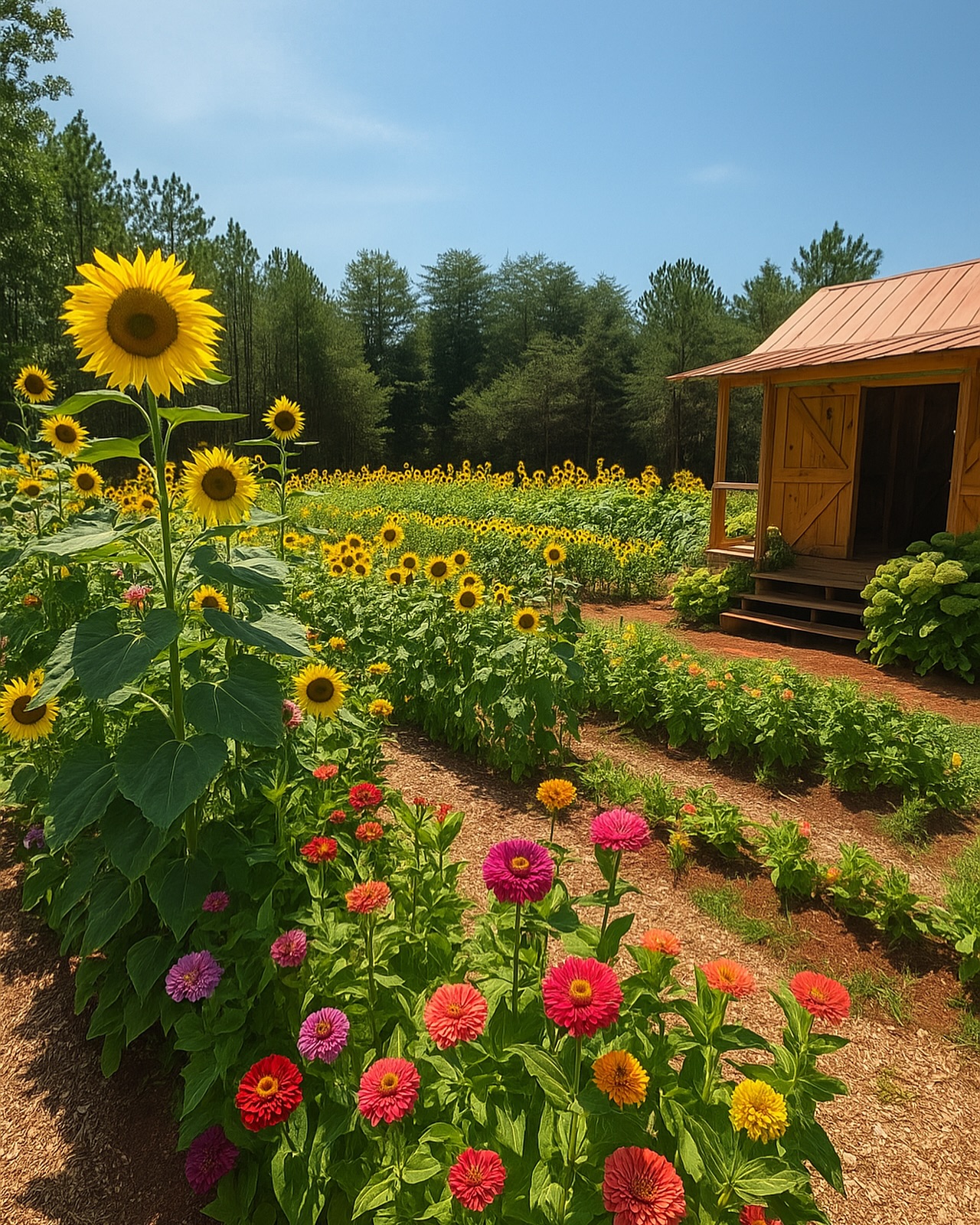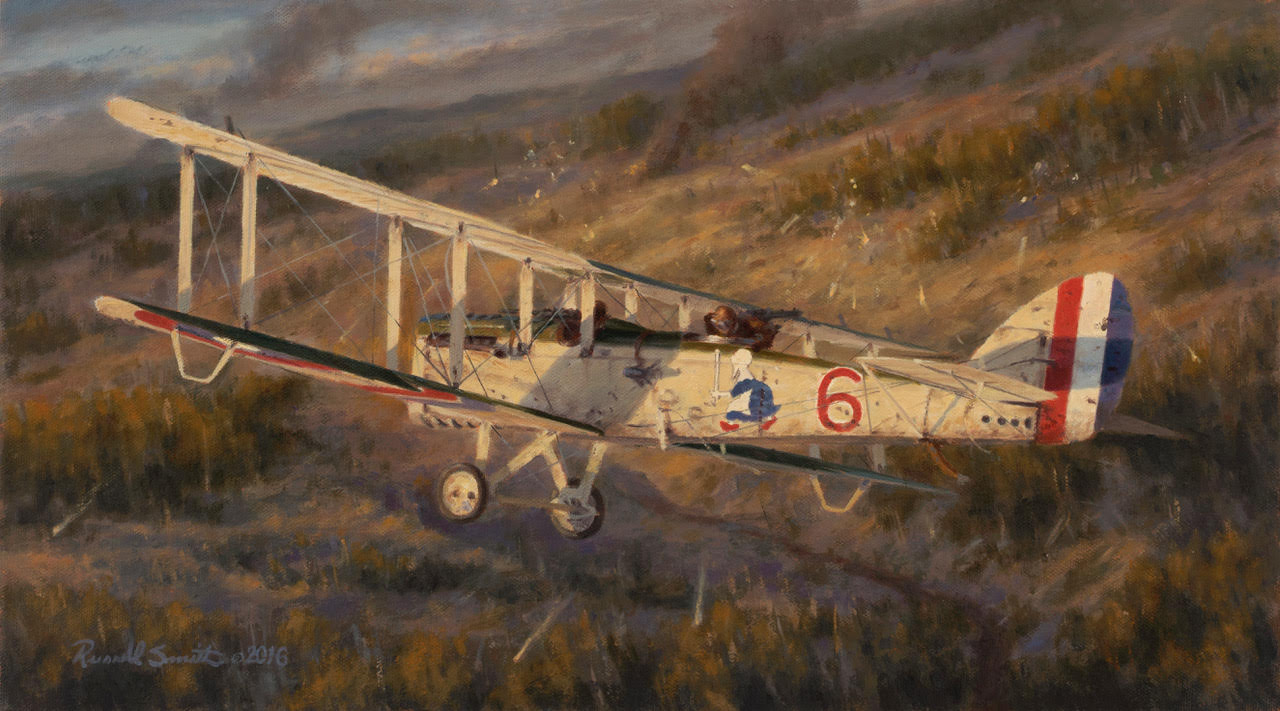Life in our Foothills August 2024 – All Aboard! Landrum Rail and History Museum – New Railroad History Museum Stationed in Downtown Landrum
Published 4:00 pm Wednesday, August 7, 2024
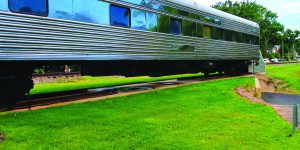
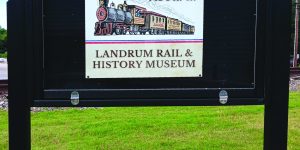
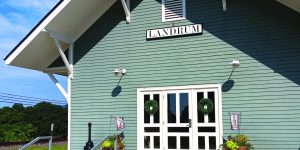
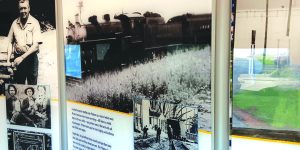
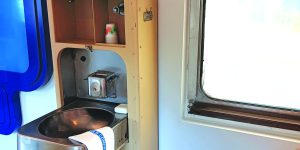

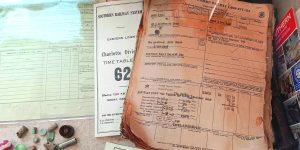


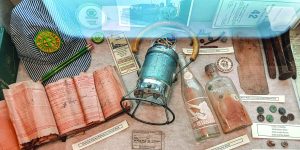

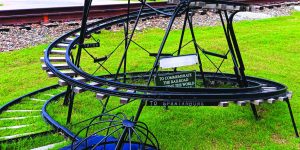
|
Getting your Trinity Audio player ready...
|
By Emily Williams
Trains have been a rich part of American history since the mark of the Industrial Revolution. The railroad system allowed new job opportunities, opened the frontier for rapid westward expansion, and expedited the process of transporting commodities. Essentially, trains helped America flourish into the modern, industrialized, hyper-connected nation it is today.
The benefits of the railroad also allowed for more cities to be formed both out West and here on the East Coast, as was the case with the city of Landrum, founded in 1883 due to the building of the Saluda Grade Railroad. Before the railroad, Landrum was nothing more than a small farming community four miles west of where the town is currently established. Because of the railroad’s economic impact on the area, though, a thriving community was built around commerce, and a new age of modern technology was born.
Trending
To pay homage to the way the Saluda Grade Railroad prompted the establishment of Landrum, the City Council has worked for the past several years to create a museum honoring the history of the railroad. Their vision came to fruition through the opening of the Landrum Rail and History Museum on April 27th of this year. Mayor Bob Briggs, Landrum’s marketing director Tricia Taber, and city council liaison Judy Henderson share behind-the-scenes information on the curation of the museum, the purpose for its establishment, and the public’s reaction to the museum since its grand opening.
The Landrum Rail and History Museum is built inside an old railcar aptly named the Pacolet River. Years ago, this very passenger car regularly passed through Landrum, carrying vacationers, businessmen, and other travelers to various destinations in the Southeast. According to Mayor Briggs, the town knew as early as 2016 that they wanted to utilize a railcar as the building for the museum.
“We wanted to have a museum to tell our story, and we really wanted to involve the railroad,” the mayor shares. “Since it would be a railcar museum, we thought having it as a railcar would be kind of cool.”
Landrum City Council spent many months searching for the perfect railcar, but it was not until 2018 that Ken Oosting from Nashville, Tennessee, contacted the city of Landrum about donating the Pacolet River railcar. All the city had to do was transport it from Nashville to the Foothills, and their vision was ready to become reality.
While a few bumps in the road extended the project timeline in remodeling the Pacolet River, the county persevered with the help of the Landrum Rail and History Museum Board and the efforts of the City Council. “It’s taken a while for us to get here, but it’s wonderful to see it completed,” states Mayor Briggs.
It certainly is wonderful to see the completed project. The tireless effort and attention to detail put into each aspect of the museum is undeniable, from the restoration of the shiny metal exterior to the reinvented layout of the interior. The town even paid special attention to creating an inviting entryway with a delightfully charming automatic voiceover that says, “All Aboard!” each time a visitor steps inside.
Trending
Upon entering the railcar, one is captured by the clear organization of the museum’s photographs, panels, and artifacts. Guests follow a loop of panels thoughtfully categorized in chronological order, beginning with facts on the original settlers and indigenous people in the area, continuing with the development of Landrum and the growth of its railroad system, and ending with insight on the current flourishing of the town and the forthcoming Saluda Grade Rail Trail project led by Conserving Carolina. Some of the photographs for these panels were donated by locals, but many came from the archives of Landrum’s newspaper, The News Leader. The town’s marketing director, Tricia Taber, was a valuable source in obtaining these archived photos because she used to serve as editor of the paper.
At the far end of the railcar facility are a case of artifacts donated for display by the city and by long-time locals and a preserved passenger sleeper car from the original railcar. “Looking at the little room in here and the way it’s configured, the way the sink folds down and everything is compact—railcars were like a predecessor of the RV industry,” states Mayor Briggs. “It’s unique to see the engineering that went behind places for people to feel comfortable for a few days as they traveled where they needed to go.”
“We did hire a museum design company,” shares Judy Henderson, who has served on the museum board since 2018 and currently acts as the museum liaison for Landrum City Council. Henderson credits the visual appeal of the museum’s design to the work of Capital Museum in Northern Virginia, as well as the installation work performed by the Solomon Group from New Orleans. Without the help of these organizations, she believes the project would not have turned out as successful as it has.
Grants from the Appalachian Regional Council and Parks and Recreation of South Carolina made hiring professional crews to design and build the museum possible. In response to other fees not covered by the grants, Mayor Briggs states, “What’s left, we pay out of our hospitality fund, so it’s not a burden to the taxpayers in Landrum.”
Without a doubt, the establishment of the Landrum Rail and History Museum has a distinct purpose that will entice the public.
“I think Landrum has such a rich history, and being able to share that is very important to our future,” states Taber. “The museum is a really unique place to share the history of Landrum for our community, as well as for people who come to visit. We are really excited we have this venue for people to come and enjoy.”
Although the grand opening was April 27th, the first day the museum was open to the public was Saturday, June 1st. As a member of the museum board, Henderson acted as a docent for two hours that first day. “We had twenty-nine people come in during the hours I was here—people of all ages from all over the area. So, it seemed to be pretty popular. I was answering questions and telling people which direction to go and pointing things out, so it was a fun two hours.” The first Saturday for the new museum attracted one hundred twelve patrons in total, a positive turnout that has made the museum board hopeful for the future.
Currently, the museum is open every Saturday, but as they find more volunteers and form a schedule of availability, days of operation will increase. The Landrum Rail and History Museum will continue to grow to reach more people and continue to capture the town’s history. The museum is even designed for growth, with empty panels so the town can continue to record history as it unfolds.
In the future, the museum board also hopes to have a rotating exhibit with a train or community-related theme, and they also hope to include schools through class trips so children can learn more about local history. The museum also anticipates greater attention once the Saluda Grade Rails to Trails project begins.
Landrum’s new museum is the perfect stop for anyone who loves trains or who desires to know more about the Landrum community.
“We just want everybody to come and see it for themselves,” says Henderson. “It is a great place for families and friends to come together, pause from daily life, and soak in the beautiful knowledge that comes from learning history.”
To plan your visit to the Landrum Rail and History Museum, stay updated on the hours of operation, sign up to volunteer, or donate artifacts, visit https://cityoflandrumsc.com/.










